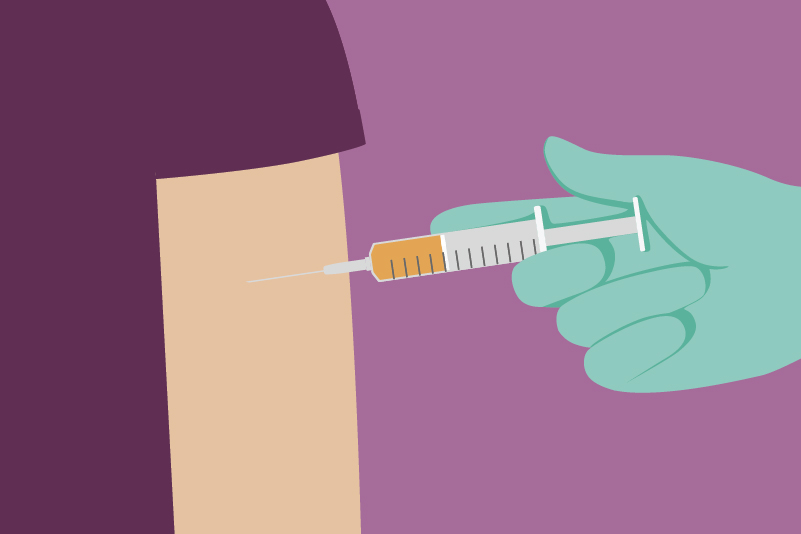#77 Zoster vaccine: Zoster Loster or Imposter Coster?

Reading Tools for Practice Article can earn you MainPro+ Credits
Join NowAlready a CFPCLearn Member? Log in
- 38,546 age >60 (median age 69). Outcomes at 3 years:1
- Herpes zoster (Shingles):
- Vaccine 1.67%, placebo 3.42%, number needed to treat (NNT)=58
- Post-herpetic neuralgia (PHN):
- Vaccine 0.14%, placebo 0.42%, NNT=358
- 7-year outcomes of a subgroup2 of patients not helpful as all placebo patients offered vaccine, thus numbers difficult to interpret.
- Herpes zoster (Shingles):
- 22,439 age 50-59 (mean age 55) followed 1.3 years:3
- Shingles: Vaccine 0.27%, placebo 0.88%, NNT=164
- Limitations: Short follow-up, PHN rates not reported.
- Adverse events: ~1% more patients had systemic adverse events1,3,4 and serious adverse events also greater with vaccine (1.9% versus 1.3%).1
- Shingles: Vaccine 0.12%, placebo 3.05%, NNT=35
- PHN rates not reported
- Adverse events:
- 9% more patients had systemic adverse event, but no difference in serious adverse events.
- Although vaccine reduces relative risk of shingles 50-70%, we need to vaccine 60-70 patients to prevent 1 case of shingles over 3 years with currently-available vaccine.1,3
- Shingles rates increase with age: 3/1000 per year in age 40-64 to 7.5/1000 per year in age >75.6
- ~11% of patients age >60 who develop shingles develop PHN.1
- PHN risk increases with age,7,8 and is rare (~1%) when <50 years.7
- Low risk of recurrent shingle,1,9 but when including immunocompromised patients, may be as high as 5.7% over 7 years.10
- Guideline recommendations:
- Canada: Vaccinate >60 years, may vaccinate 50-59 year-olds11
- US: Vaccinate >60 years, do not recommend vaccinating 50-59 years
- Cost of Zostavax ~$200
- Remaining questions:
- Safe and effective in immunocompromised patients?
- Beneficial if previous shingles?
- Long-term efficacy (will booster be required)?






